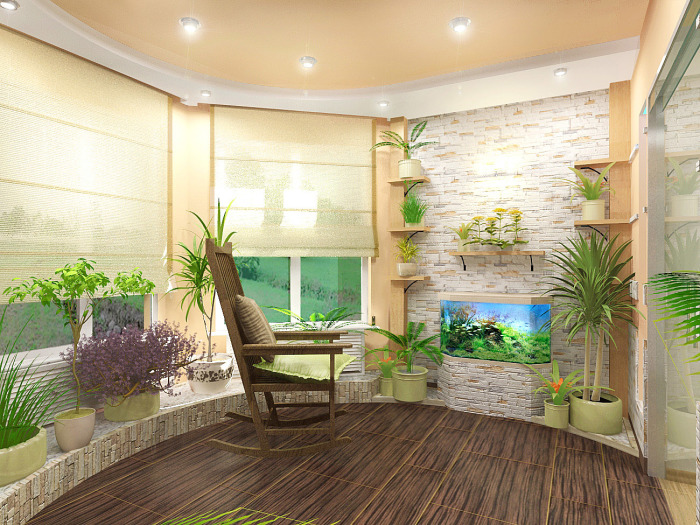
04.27.2024 / 47841 Views
Creating a lush indoor garden is a delightful way to bring a piece of nature into your home, especially if you don't have the luxury of an outdoor space or balcony. Not only does an indoor garden purify the air, but it also adds a refreshing touch of green that can beautify any corner of your apartment. This guide will walk you through the simple steps to start your own mini-garden, suggest the best plants for indoor cultivation, and offer tips on how to keep them thriving.
The first step to creating your indoor garden is selecting the right location. Look for an area that receives adequate sunlight, which is essential for plant growth. Typically, a south-facing window is ideal because it provides the most light. However, if such a spot is not available, fluorescent or LED grow lights can be a great alternative to natural sunlight.
When it comes to choosing plants for your indoor garden, opt for those that thrive in indoor conditions. Some of the best plants for indoor gardens include:
Selecting the right containers and soil is crucial for the health of your indoor garden. Ensure each plant has enough room to grow by choosing pots that are slightly larger than the root ball of the plant. Drainage holes at the bottom are essential to prevent excess water from sitting at the roots. Use high-quality potting soil — specifically designed for indoor plants — to provide the best nutrients and drainage.
Plant your chosen flora in their containers by placing some soil at the bottom of the pot, positioning the plant, and then adding soil around the sides until the pot is filled. Tap the soil down lightly to eliminate air pockets. When it comes to watering, consistency is key. Check the soil moisture regularly; it should feel damp but not soggy. Overwatering is a common mistake that can lead to root rot.
To keep your indoor garden looking its best, regular maintenance is necessary. This includes:
With these simple steps, you can transform any corner of your home into a verdant oasis. An indoor garden not only enhances your living space aesthetically but also improves air quality and can contribute to a sense of well-being and calm. Start small, and as you gain confidence, you can expand your garden and experiment with more varieties of plants. Happy gardening!